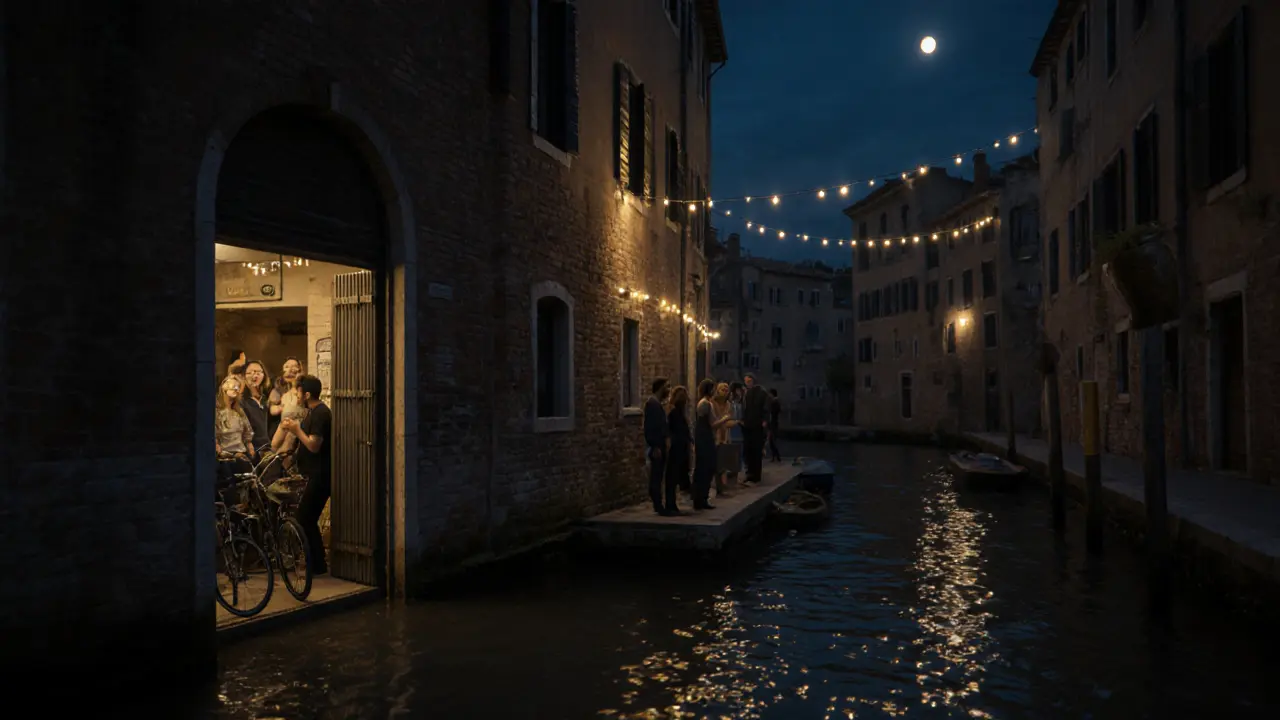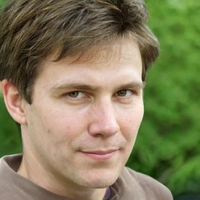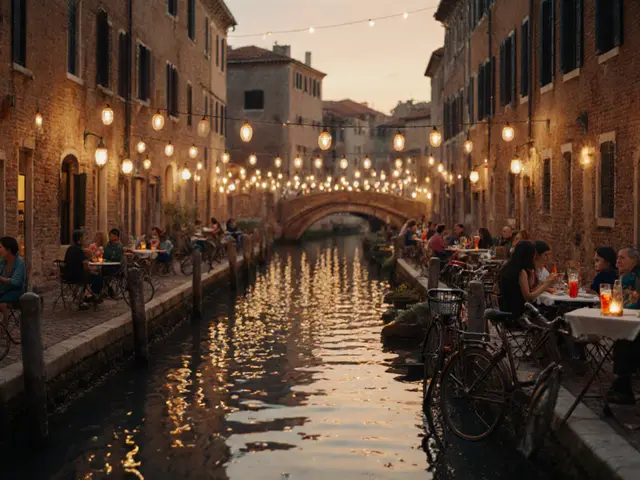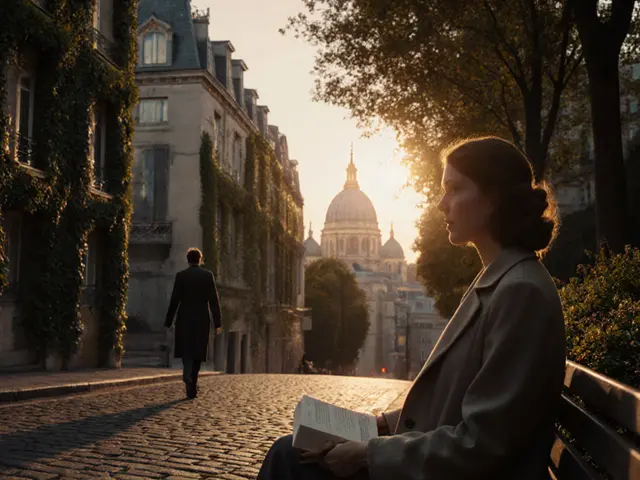Forget the Duomo-Milan’s real magic happens after dark
You’ve seen the fashion shows, snapped photos in front of La Scala, maybe even sipped an aperitivo at Piazza del Duomo. But if you think Milan’s nightlife ends with a spritz and a stroll, you’re missing half the story. The city doesn’t just party-it invents it. Beneath the sleek facades of Brera and the industrial bones of Navigli, there are clubs that don’t have signs, bars tucked inside bookstores, and rooftops where the skyline becomes your dance floor. This isn’t about tourist traps. This is about where locals go when the cameras are off.
Where the locals go: Navigli’s underground pulse
Most visitors hit Navigli for dinner and a photo. But after 11 p.m., the canals transform. The real scene isn’t on the main drag-it’s down the side alleys where the lights are dim and the music is bass-heavy. Bar Basso isn’t new-it opened in 1956-but it’s still the gold standard. The Negroni Sbagliato was invented here. You won’t find a menu. Just tell the bartender what mood you’re in, and they’ll mix you something that tastes like Milan in the 1980s: bitter, bold, and a little broken around the edges.
Walk ten minutes south to La Bicocca. It’s not on Google Maps. You’ll find it behind a metal door with no sign, past a bike repair shop. Inside, it’s all exposed brick, vintage vinyl, and a DJ spinning Italian disco from 1978 to 1985. No cover charge. No dress code. Just a crowd of architects, artists, and ex-pats who’ve been coming here since the 90s. The vibe? Like stumbling into your friend’s basement party-except the friend is a Grammy-winning producer.
Brera’s secret speakeasies
Brera looks like a postcard: cobblestones, art galleries, cafés with linen napkins. But slip into the back of Il Salumiere, a cured meat shop that closes at 8 p.m., and you’ll find a hidden door. Behind it? Bar della Pace. A 12-seat cocktail lounge with no website, no Instagram, and a bouncer who asks you, "What’s your favorite memory?" If your answer feels real, you’re in. The cocktails are named after Italian poets. The gin comes from a small farm in Lombardy. The ice? Made from filtered Milanese tap water. They don’t serve food. They don’t need to.
Down the street, La Soffitta is a rooftop bar hidden above a tailor’s shop. You need a reservation, but not through an app. Call the number on a handwritten sign outside the shop. The view? The Duomo lit up like a cathedral in a dream. The drinks? Hand-pressed citrus, house-made vermouth, and a single drop of saffron in every Aperol Spritz. It’s not loud. It’s not crowded. But it’s the most talked-about spot in the city.
The clubs that don’t advertise
Milan doesn’t have a club district like Berlin or Ibiza. Its clubs are scattered, secretive, and often temporary. Teatro degli Orrori is a former theater turned underground club. You’ll only hear about it through word of mouth. The door opens at 2 a.m. on Saturdays. The music? Industrial techno mixed with classical Italian opera samples. The crowd? Fashion designers, DJs from Tokyo, and a few confused tourists who followed the wrong streetlight. No VIP section. No bottle service. Just a single bar and a wall of speakers that shake your ribs.
Then there’s La Fabbrica del Vapore. It’s not hidden, but it’s misunderstood. Most think it’s just an art space. But every Friday night, the old industrial halls become a warehouse rave. No name on the door. No bouncer. Just a single red light above a steel gate. Inside, it’s 500 people dancing to live electronic sets from Milan’s underground scene. The walls are covered in murals painted that morning. The floor? Concrete. The air? Thick with sweat and incense. It’s raw. It’s real. And it’s been running since 2012.
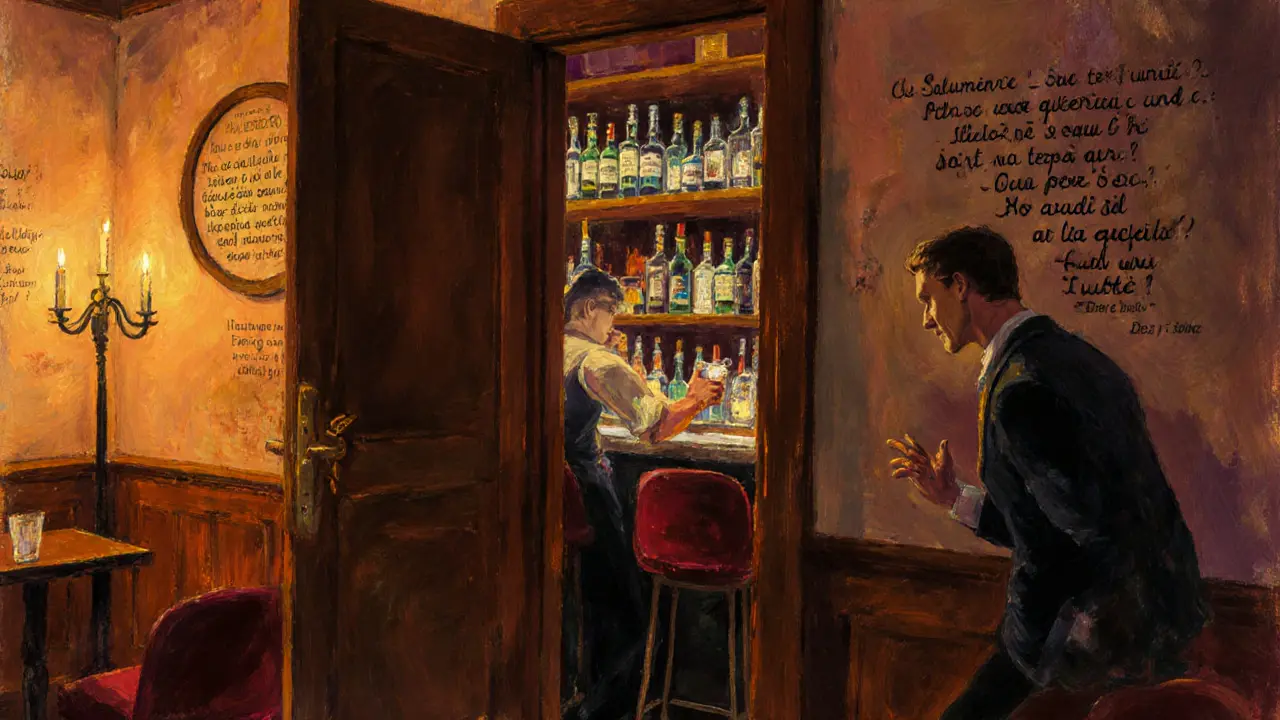
Where to start if you’re new
If you’ve never been to Milan’s nightlife, start here:
- Head to Navigli at 9 p.m. Grab an aperitivo at Bar del Cappello. It’s tourist-friendly, but the cocktails are excellent and the staff knows where the real action is.
- By 11 p.m., walk to La Bicocca. Don’t ask for the menu. Just order a local beer and let the night lead you.
- On Friday, find La Fabbrica del Vapore. Follow the sound of bass. Don’t bring your phone. Leave your jacket. Just move.
- On Saturday, try Teatro degli Orrori. Arrive at 1:30 a.m. Wear black. Don’t expect to leave before sunrise.
Don’t look for clubs on TripAdvisor. Don’t ask your hotel concierge. They’ll send you to the same places that charge €20 for a soda. Milan’s nightlife isn’t for sale. It’s for discovery.
What to avoid
There are places that look like nightlife but feel like traps. Stay away from:
- Club 33 on Corso Buenos Aires-overpriced, loud, and full of tourists pretending to be cool.
- La Perla in the city center-bouncers check your outfit, then charge you €50 to get in.
- Any bar that offers "free entry with drink package"-it’s a scam. You’ll end up paying €80 for three drinks and a soggy pizza.
Real Milanese nightlife doesn’t advertise. It doesn’t need to. The crowd shows up because they’ve been told by someone who’s been there before. And that’s the only way you’ll find it too.
When to go
Milan doesn’t party on Sunday. The city shuts down. Thursday is quiet-mostly business dinners. Friday and Saturday are the only nights that matter. If you’re in town midweek, focus on bars. Save the clubs for the weekend. And if you’re here in September or October? You’re in luck. That’s when the city throws its biggest secret parties-no announcements, no tickets. Just a text from a friend at midnight: "Be at the old train station. Bring a jacket."
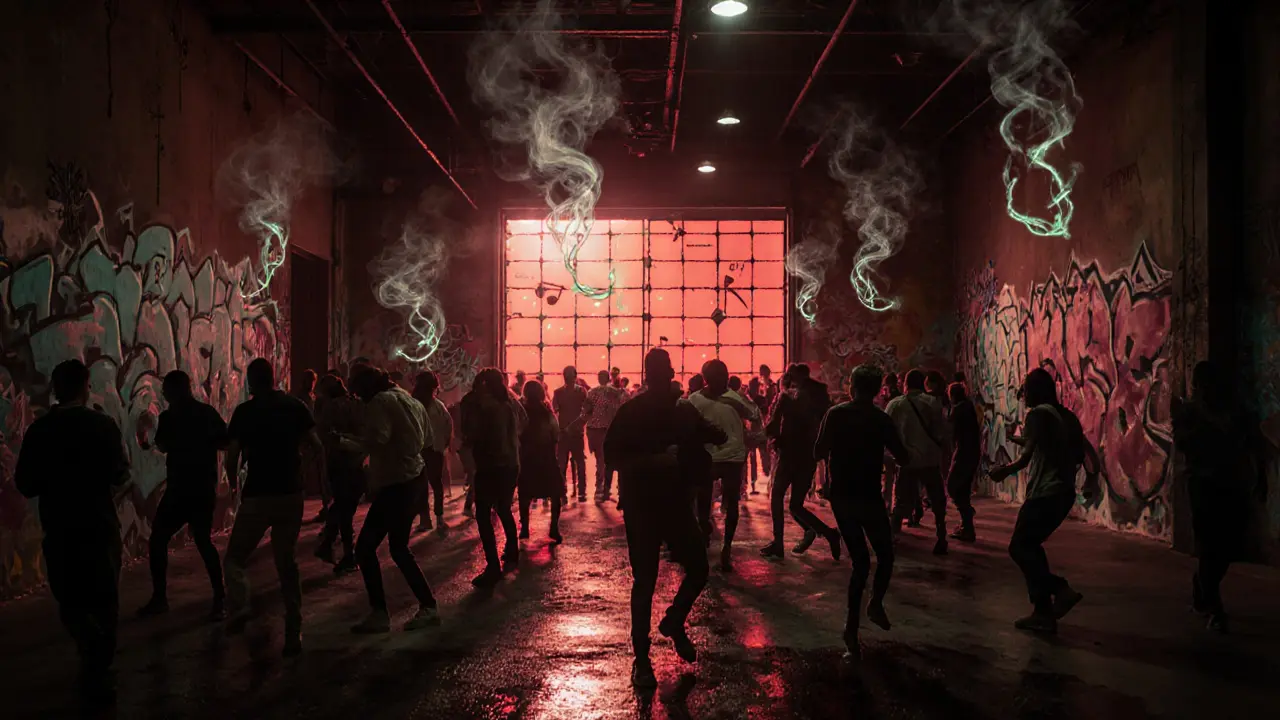
What to wear
Ditch the sneakers and hoodies. Milan doesn’t care if you’re rich-it cares if you care. Smart casual works everywhere: dark jeans, a button-down, a leather jacket. No ties. No blazers. No logos. The dress code isn’t about money. It’s about intention. If you look like you’re trying too hard, you won’t get in. If you look like you belong, they’ll let you stay.
How to get around
Don’t drive. Parking is impossible. Use the metro. Lines M1 and M3 connect Navigli to Brera and the city center. Taxis are expensive and slow. Ride-shares? Use Bolt or FreeNow-they’re cheaper than Uber. Walk when you can. Milan’s nightlife isn’t about distance. It’s about the journey between places.
Final tip: Be quiet, be curious
The best nights in Milan don’t end with a toast. They end with silence. You’ll find yourself on a rooftop at 4 a.m., watching the city wake up. No music. No chatter. Just the sound of a distant train and the smell of espresso from a 24-hour café down the street. That’s when you’ll understand why Milan’s nightlife isn’t a scene. It’s a ritual. And if you’re lucky, you’ll be part of it.
Is Milan’s nightlife safe at night?
Yes, but only if you know where to go. Stick to Navigli, Brera, and the areas around La Fabbrica del Vapore. Avoid isolated streets after 2 a.m., especially near the central station. Most locals walk home in groups. Don’t flash cash. Don’t follow strangers. If a place feels off, leave. The best spots don’t need to be loud to be safe.
Do I need to speak Italian to enjoy Milan’s nightlife?
No, but it helps. Most bartenders in hidden spots speak English, but they’ll appreciate it if you say "Grazie" or "Un bicchiere di vino, per favore." The real key isn’t language-it’s respect. If you’re polite, curious, and don’t treat the place like a photo op, you’ll be welcomed. Many of the best bars are run by people who’ve lived here for decades. They remember tourists who treated them like props. Don’t be one of them.
What’s the average cost of a night out in Milan?
At a hidden bar, expect €12-€18 for a cocktail. At La Bicocca or Bar Basso, a drink is €15 and includes a small snack. At clubs like Teatro degli Orrori, entry is free but drinks start at €10. Avoid places that charge over €25 for a drink-those are tourist traps. A full night out, including transport and snacks, should cost €40-€60 if you stick to the real spots.
Are there any all-night venues in Milan?
Yes, but they’re rare. Bar Basso stays open until 4 a.m. on weekends. La Fabbrica del Vapore runs until dawn on Fridays. Some underground parties go until 8 a.m. But there are no 24-hour clubs like in Berlin. Milan doesn’t do all-nighters. It does deep, slow nights that end with sunrise and silence.
Can I find vegan or vegetarian options in Milan’s nightlife spots?
Absolutely. Most hidden bars now offer vegan aperitivo snacks-think roasted chickpeas, olive tapenade, and grilled polenta. At La Bicocca, they serve house-made vegan crostini. At Bar della Pace, ask for the "vegetale" cocktail-it’s made with beetroot, rosemary, and almond milk. You won’t find it on the menu, but if you ask, they’ll make it. Milan’s food culture is evolving, and so is its nightlife.
Where to go next
If you loved Milan’s hidden bars, try Turin’s secret wine cellars next. Or head to Bologna’s underground jazz lounges. But come back to Milan in October. That’s when the city’s biggest secret party happens-no name, no tickets, no warning. Just a text. And if you’re lucky? You’ll be the one who gets it.
